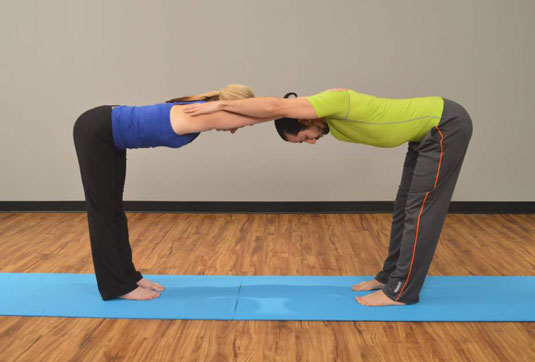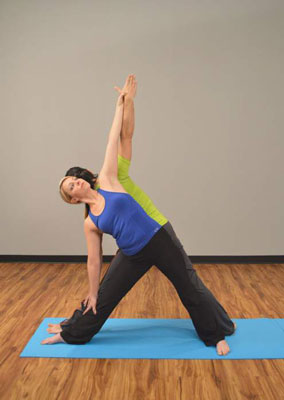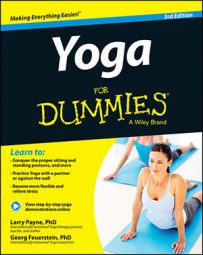Partner Yoga postures can be a unique way to experience Yoga with another person. You can mix and match these exercises and add them into your normal routine for a change.
Partner table pose
The partner table pose stretches the upper back and shoulders, relieving neck tension. It also stretches the hamstrings. It differs from the partner suspension bridge, in that it doesn’t decompress and provide traction to the lower back.
Standing, face your partner; move toward one another, and place your hands on your partner’s opposite shoulders.
Bend forward from the hips until you’re both parallel to the floor; soften your knees, if necessary, and let your neck and head relax downward to a comfortable position.
Stay for 6 to 8 breaths.
When you’re ready to come out of the pose, let your partner know and step forward as you release your hands from one another’s shoulders.

Double triangle
The double triangle provides an excellent side stretch to the body and the spine. It strengthens the legs and helps the digestive system, and also improves stability and balance.
Turn back to back with your partner as both of you spread your legs to a comfortable distance, about 3 to 5 feet apart; open one foot on the same side, and turn in the back foot about 45 degrees or less.
Place your bottom hand on your forward thigh, bring your top arm up, and entwine your arm with your partner’s top arm and hand.
Lean back gently, and slide your bottom hand down your forward leg as far as you feel comfortable.
Stay for about 6 to 8 breaths, and then repeat on the other side.
Avoid this pose if you’re suffering from a back condition, migraines, high blood pressure, or neck injuries.


